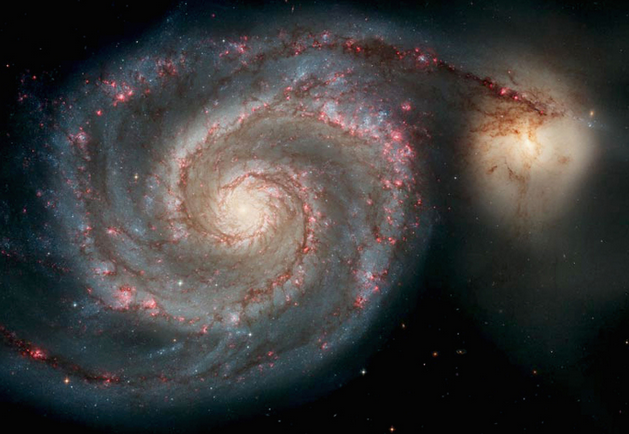 All of our systems are connectedHealing the Total Body: Where Western Anatomy Meets Eastern Spiritual Science
All of our systems are connectedHealing the Total Body: Where Western Anatomy Meets Eastern Spiritual Science
Healing Series, part 1
Table of Contents:
 ashtanga yoga,
ashtanga yoga,  chakras,
chakras,  eastern science,
eastern science,  healing,
healing,  mysore,
mysore,  samskaras,
samskaras,  western science
western science  All of our systems are connectedHealing the Total Body: Where Western Anatomy Meets Eastern Spiritual Science
All of our systems are connectedHealing the Total Body: Where Western Anatomy Meets Eastern Spiritual Science
Table of Contents:
 ashtanga yoga,
ashtanga yoga,  chakras,
chakras,  eastern science,
eastern science,  healing,
healing,  mysore,
mysore,  samskaras,
samskaras,  western science
western science Ashtanga yoga is an ancient system of Yoga that was imparted through lineages to Sri K. Pattabhi Jois who brought it to the west from Mysore, India. An asana is a yoga position and is connected with vinyasas, meaning one steady and even inhale and exhale breath for each asana—and its purpose is internal cleansing. The movements heat up the body; through sweat, purification occurs. The internal focus is connected to the external gaze (dristhi). We seal in the energy by activating the bandhas (internal muscular and energetic locks located at the lower abdominal and perineum) to give lightness, strength and health to the body, nervous system and sense organs.
This requires many years of practice and is typically performed Mysore-style through a self-led sequence initially learned one-on-one by a teacher, performed in a room full of practitioners each at his/her own pace and level. Mysore-style yoga is practiced six mornings per week with breaks during the full and new moon. (Source: kpjayi.org, Ashtanga Yoga Institute in Mysore, India)
 asana,
asana,  ashtanga yoga,
ashtanga yoga,  bandha,
bandha,  breath,
breath,  internal cleansing,
internal cleansing,  mysore,
mysore,  vinyasa
vinyasa Western anatomy, one of the basic essential sciences of medicine is the progressive understanding of the functions of the organs and structures of the human body. In this Healing Series, I discuss the anatomical systems in the order in which they became of great focus for me in learning the Ashtanga yoga sequences.
 anatomy,
anatomy,  western science
western science Eastern sciences of Ayurveda, Chakra System and Traditional Chinese Medicine provide alternative approaches as the spirit and subtle body are concerned, and support Ashtanga Yoga.
Yoga Sutras by Patanjali were written to explain the process and systematic analysis of awakening. The first yoga sutra 1.2, citta vrtti nirodha, tells us that the mind is composed of thought modifications and activity. We seek complete cessation of the mind through yoga.
With Mysore Ashtanga yoga, I don’t need to dedicate myself to a full day of spiritual practice because it is all inclusive with a morning practice. The rest works out unconsciously. I see changes from day to day in my thought patterns, nervous system, cravings, energy and emotional states on a level that I could not possibly will to change consciously. My yoga burns the samskaras, which are impressions embedded in the subconscious mind which cloud my knowing the truth of who I am.
 chakras,
chakras,  eastern science,
eastern science,  energy,
energy,  nervous system
nervous system